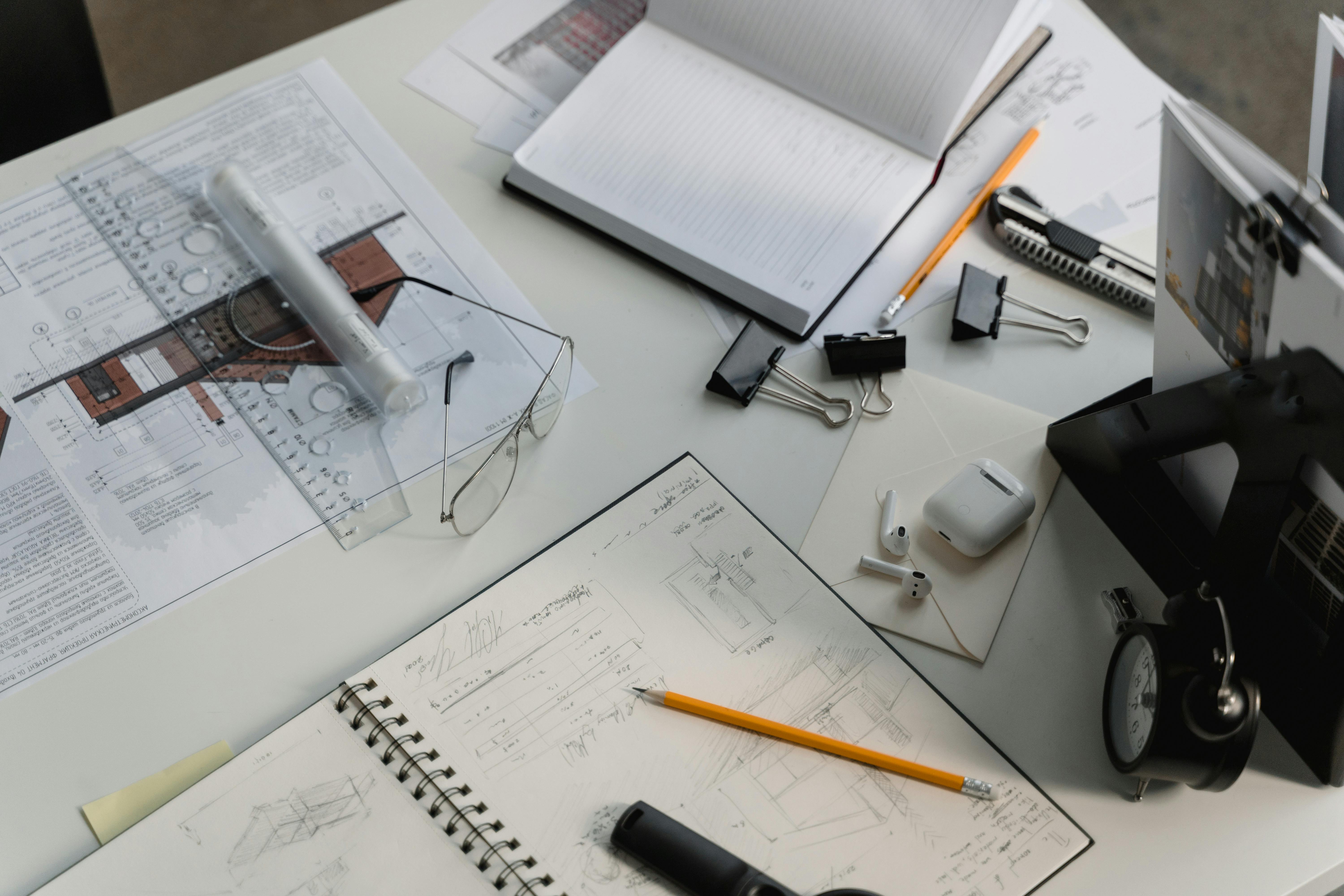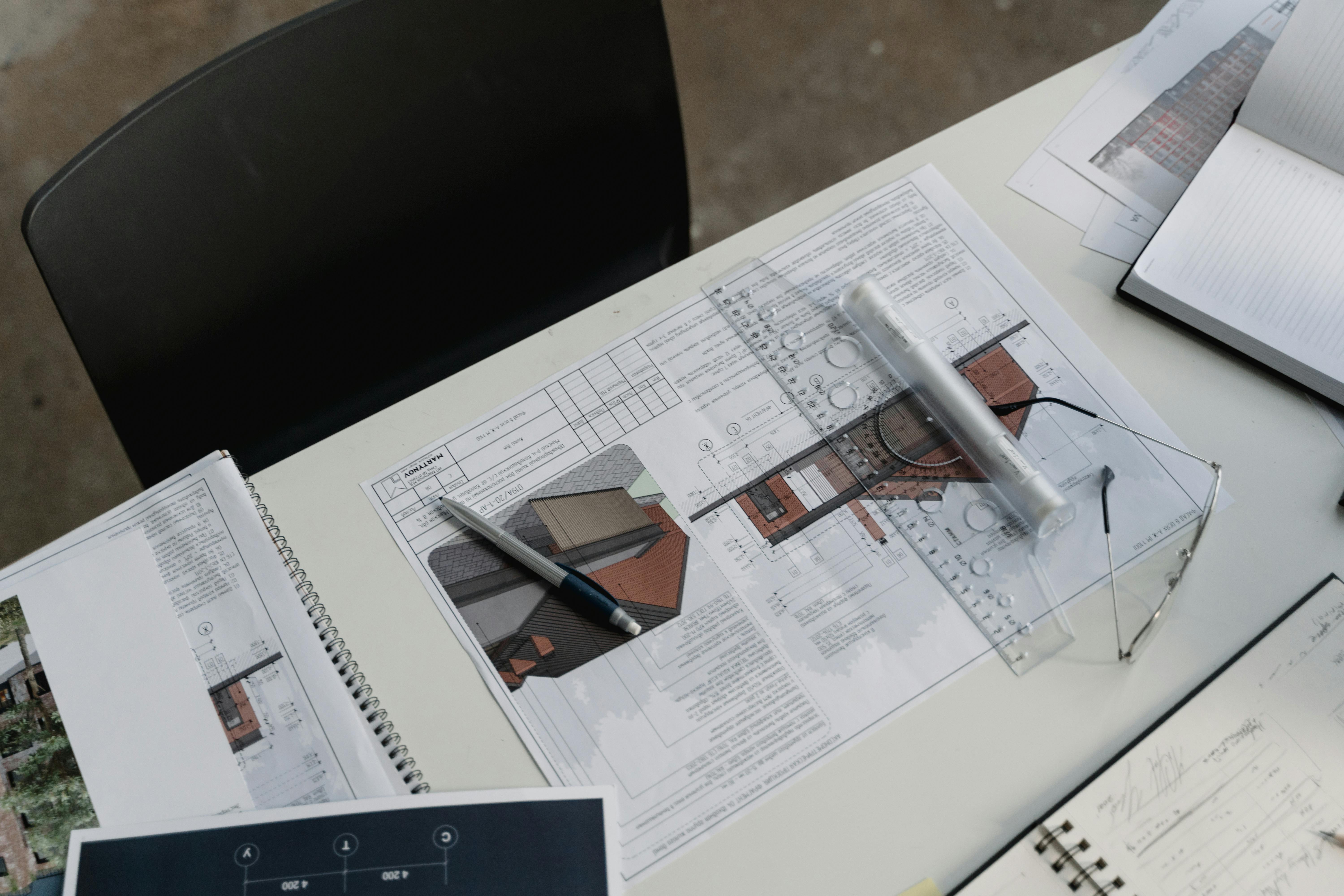
In digital marketing, the ability to rapidly deliver visually consistent, on-brand content across countless channels is not just a competitive edge—it’s essential for campaign success. But for design teams and agencies, the sheer volume of creative asset formats required by networks like Google, Facebook, and LinkedIn can be overwhelming. Generative AI tools are now changing the landscape of brand asset creation, offering a path to faster, more consistent, and more scalable digital campaigns.
Understanding Generative AI for Brand Asset Creation
Generative AI refers to machine learning systems that produce original creative content—images, ad variations, and copy—based on a set of branded inputs or simple text prompts. Unlike traditional automation, generative AI doesn’t just replicate. It interprets your guidelines, learns your style, and produces new iterations that stay true to your brand’s identity. This unlocks new levels of efficiency for digital marketers and designers who need to adapt assets to a virtually endless set of layouts and channels.

Why Generative AI? Key Benefits for Digital Campaigns
- Speed and Volume: Move from a single ad concept to dozens of ready-to-use assets in minutes. No more hours spent resizing banners by hand for every new network or device format.
- Consistent Brand Identity: By encoding your logos, fonts, color palettes, and brand guidelines into a central toolkit, each asset reflects your look and messaging, reducing errors and saving review cycles.
- Agile Scaling: AI-powered platforms let you effortlessly adapt creative to new campaign sizes, formats, and languages, enabling agencies and in-house teams to run wider, more data-driven campaigns with the same core creative.
- Creative Flexibility with Control: Marketers can experiment with messaging, visuals, and layouts, while still constraining outputs within approved brand boundaries.
- Resource Efficiency: Teams reclaim valuable design time, focus on strategy, and reduce dependencies on manual labor or external freelancers.
Step-by-Step Guide: Streamlining Brand Asset Creation with Generative AI
Step 1: Centralize Your Brand Kit
Before leveraging AI for brand assets, it’s essential to centralize your critical visual identity elements—logos, color codes, typefaces, and image styles. Many leading platforms, including SizeIM, offer dedicated brand kit management. When your brand assets are uploaded and organized, generative tools will consistently apply your visual language across all formats, minimizing off-brand risks.
Step 2: Choose the Right Generative Platform for Your Workflow
For most agencies and teams, the ideal solution is one that:
- Allows you to design once, then instantly output all required ad sizes
- Offers a responsive framework for automated resizing without manual tweaks
- Supports drag-and-drop editing, templating, and bulk asset export
- Keeps the interface accessible to designers and marketers alike
Platforms like SizeIM were designed for exactly these needs. After selecting (or creating) your master ad, you choose the campaign sizes needed—from standard rectangles to skyscrapers and billboards—and the system generates pixel-perfect, responsive versions for every network in seconds.
Step 3: Design Once, Deploy Everywhere
Here is where AI-driven tools truly reshape your workflow. In legacy processes, creating an ad set for a multi-channel campaign could easily take a day or more:
- Manually resize each banner for 10+ standard formats per channel
- Rework layouts for mobile, tablet, and desktop contexts
- Double-check each asset for compliance with brand guidelines
Now, with a responsive platform like SizeIM, a single creative can be automatically resized and reformatted into every required display size in under fifteen minutes. This means more time for creative iterations, fast pivots in live campaigns, and greatly reduced operational costs.

Step 4: Personalize, Localize, and Scale with Ease
Generative AI doesn’t just output a set of generic layouts. Once your core assets are set, you can use AI prompts and templates to personalize messaging for different audience segments, geographies, or campaign goals. For example, changing calls-to-action, swapping background visuals, or adapting colorways—without breaking the brand consistency that’s built into your core kit.
- Automate language swaps for global campaigns
- Generate personalized ads for demographic targeting
- Experiment with headline or product variations in real-time
Step 5: Review, Fine-Tune, and Finalize with Human Oversight
Even with AI, the human touch remains vital. Use built-in preview tools to compare asset variants side by side. Quickly spot edge cases where elements may need small adjustments for certain layouts. Tweak, approve, and export your campaign suite—all from a single, streamlined interface.

Best Practices to Maximize Your Results with Generative AI
- Build a rock-solid brand kit first. The more precise your guidelines, the more accurate and brand-compliant the output.
- Leverage style references. Mood boards and reference images help instruct AI on desired tone, motif, or composition.
- Review before launch. Automate the bulk work, but always check outputs for any off-brand results or minor layout issues—especially for marquee campaign elements.
- Iterate strategically. Use AI to experiment with new concepts, but deploy human judgment for headline assets and major creative decisions.
- Stay transparent about AI usage. When relevant, disclose that content was generated or adapted with AI technologies, especially in regulated spaces.
The Responsive Framework Advantage: Why It Matters
As ad networks evolve and require broader sets of display sizes, a responsive creative framework becomes invaluable. Rather than being forced into a rigid template, each asset adapts fluidly to the target size—ensuring that logos, messaging, and CTAs are always visible and punchy. This not only minimizes manual adjustments but also ensures a truly consistent brand experience in every context, from mobile banners to wide desktop displays.
With a responsive approach, brands benefit from:
- Broader network reach with minimal incremental creative effort
- Faster time-to-market for new campaigns, product launches, or promos
- Consistent visual impact regardless of screen size or platform
Overcoming Common Pitfalls
While generative AI dramatically streamlines asset creation, savvy marketers and designers know to watch out for potential issues:
- Generic outputs: AI can sometimes default to stock imagery or bland designs. Always guide outputs with clear prompts, styles, and visual references.
- Off-brand details: Even with the best brand kits, review outputs for typos, incorrect logo positioning, or inappropriate image choices.
- Template fatigue: Balance AI-driven templating with custom creatives for high-impact campaigns to keep designs fresh and on-message.
Putting It All Together: A New Standard for Creative Productivity
For agencies, design teams, and marketers, generative AI tools are a catalyst for greater efficiency and campaign performance. At SizeIM, we’ve seen firsthand how moving to an automated, responsive-first asset workflow slashes production times, reduces errors, and empowers teams to deliver richer campaigns across more platforms—all while preserving brand quality and control.
Integrating a modern platform like SizeIM takes that one level further. By supporting automated bulk resizing, streamlined team collaboration, and centralized brand kit management, we’re helping organizations of every size unlock the true potential of generative AI for creative production. Whether you’re a global agency, an in-house marketing team, or a fast-growing SMB, these technologies are now a critical foundation for digital campaign success.
Ready to Transform Your Creative Workflow?
If you’re looking to unlock faster asset creation and boost campaign performance, consider giving SizeIM’s platform a try. You can start for free or book a demo with our team to discover how automated, responsive ad design can help your team work smarter—and deliver more, with less.
